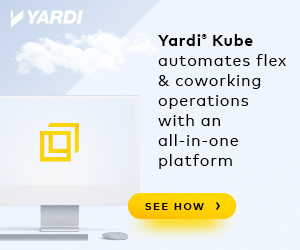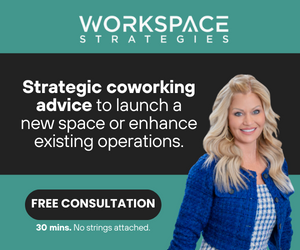- Companies including Yelp are abandoning hybrid work arrangements because they believe hybrid work cons outweigh their pros — especially regarding the complexities of scheduling employees.
- Like all work environments, the cons only win out if the arrangement is mismanaged.
- The underlying assumption driving most corporate concerns around hybrid work is that all tasks require attendance in the office at some time, when this is most often untrue.
Some companies are reconsidering whether hybrid work modalities are a good idea, seeking either a wholesale return to the office or a shift to remote work environments.
Yelp CEO Jeremy Stoppelman cited scheduling complexities as Yelp’s primary reason for pivoting to total remote environments, whereas Darren Murph, head of remote at GitLab, sees the potential for special treatment toward in-office workers as a “recipe for disaster.”
One of the worries is that remote workers will be treated as second-class citizens compared to in-office workers, which scheduling complexities will likely compound.
It is difficult, for example, to justify continuing to pay rent for office spaces when most workers do not show up to it when given the option.
Other companies following this trend include Airbnb, 3M, Spotify, and Lyft.
“Disastrous” hybrid spaces are mismanaged, not intrinsically doomed
The CEOs and companies announcing departures from using hybrid environments might just be ill-equipped to establish the arrangement effectively. We should not be surprised to find the cons of hybrid workspaces being amplified when the rules on how to manage them are seldom clearly defined.
The proliferation of hybrid work styles is a relatively recent work phenomenon, which easily explains why few companies and their management teams find managing them a walk in the park.
When significant technological advancements radically shift culture as we know it, only a small number of its initial adopters will develop proficiency. This is known as the Matthew effect, and it occurs in all domains, even those outside of work environments.
While hybrid arrangements still have the chance to thrive if well-managed, what is doomed are the strategies that companies and employers are using to draw workers back into the office — this largely vindicates Mr. Murph’s worry that second-class citizenry for remote workers compared to in-office workers.
One of these return-to-office strategies incentivizes coming into the office by promising an illusory “magic” that comes with being in an office in person with one’s coworkers, (which few workers are buying), and monetary incentives, which will attract a substantial number of workers back.
Here’s how to optimize managing hybrid work environments
Hybrid work isn’t going anywhere, partly because of the high demand among workers — 87% of whom seize opportunities that allow for remote work rather than going into the office when there’s a choice — but also because the environments are salvageable.
Nothing intrinsic to any particular work modality causes the cons to outweigh the pros, including hybrid workspaces. So why risk losing 51% of one’s employees by dismissing a strategy that has unique positive benefits when conducted properly?
That’s an unreasonable risk, but how can employers properly manage hybrid workspaces without succumbing to the pressure of scheduling complexities and a substantial lack of workers keen on returning to offices?
With some intentional planning and training, hybrid work doesn’t have to be hell for managers or a company itself.
One way to plan well, according to McKinsey, is to appreciate the fact that some tasks can be done remotely, but others demand in-office employee attention.
The underlying assumption driving corporate concerns in hybrid work is that all tasks require attendance from remote and in-office workers when this is simply untrue.
Distributing tasks with this in mind is crucial for preventing time-wasting meetings — some with chairs filled by silent laptops or cameras in place of human workers — and the sometimes-frustrating collaboration on tasks over Zoom calls.
If employers want workers to return to the office, even for part of the week, reframing this desire could encourage some workers to return to the office.
For example, instead of incentivizing monetary gain, framing coming into the office as an open and optional act to voluntarily provide support and camaraderie for coworkers through intensive collaboration is preferable because of its low stakes and high potential for returns.
Hybrid work is not worth getting rid of because when its bugs have been fixed, it helps workplaces prevent high turnover rates.

 Dr. Gleb Tsipursky – The Office Whisperer
Dr. Gleb Tsipursky – The Office Whisperer Cat Johnson – Coworking Marketing Maven
Cat Johnson – Coworking Marketing Maven Angela Howard – Culture Expert
Angela Howard – Culture Expert Drew Jones – Design & Innovation
Drew Jones – Design & Innovation Andrea Pirrotti-Dranchak – Competitive Advantage
Andrea Pirrotti-Dranchak – Competitive Advantage Jonathan Price – CRE & Flex Expert
Jonathan Price – CRE & Flex Expert Jeremy Fennema – Tech Innovation Alchemist
Jeremy Fennema – Tech Innovation Alchemist







